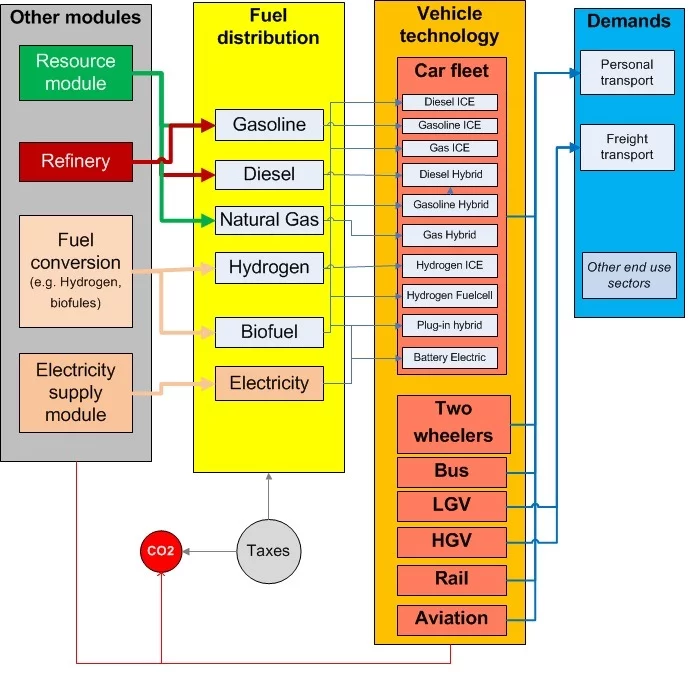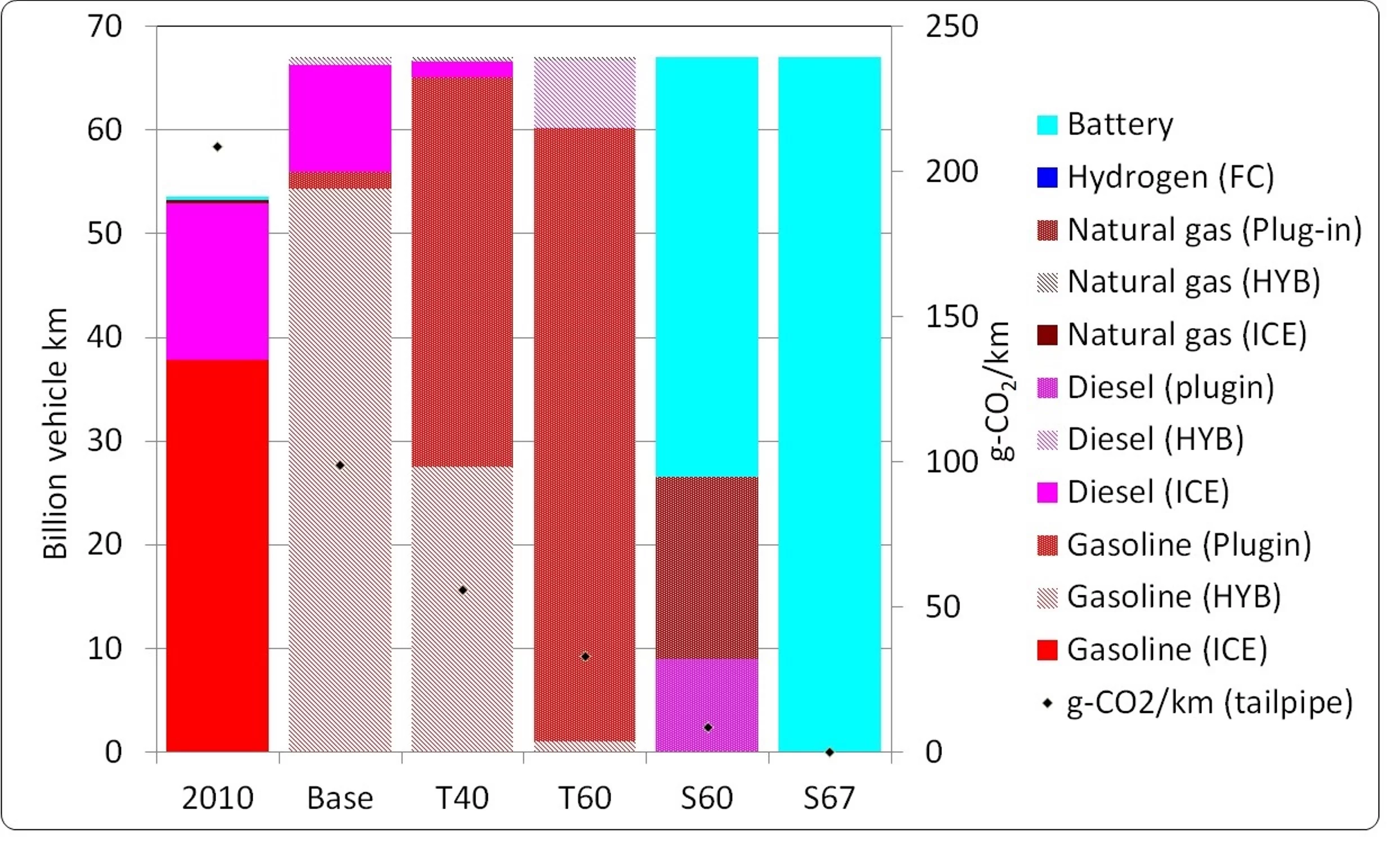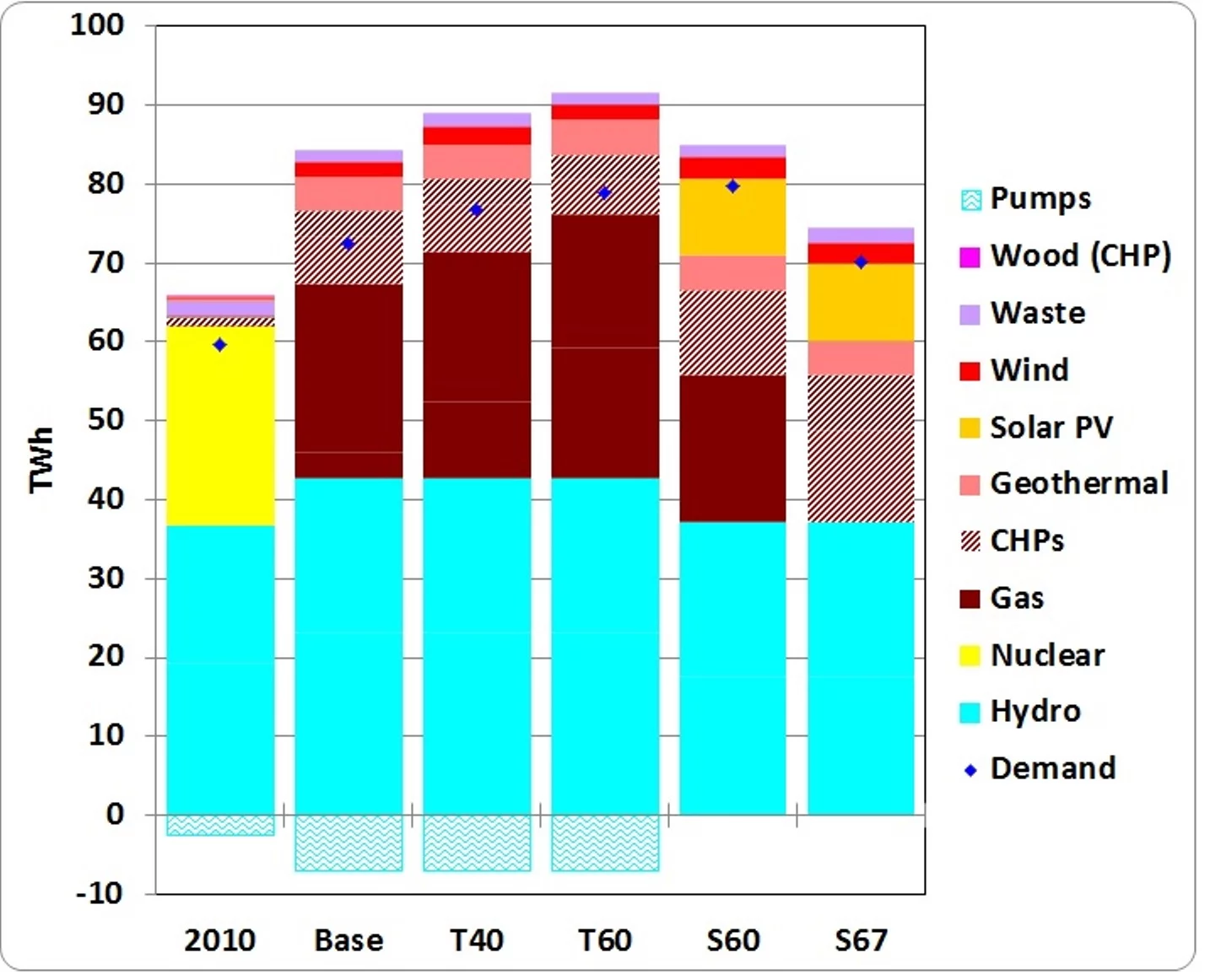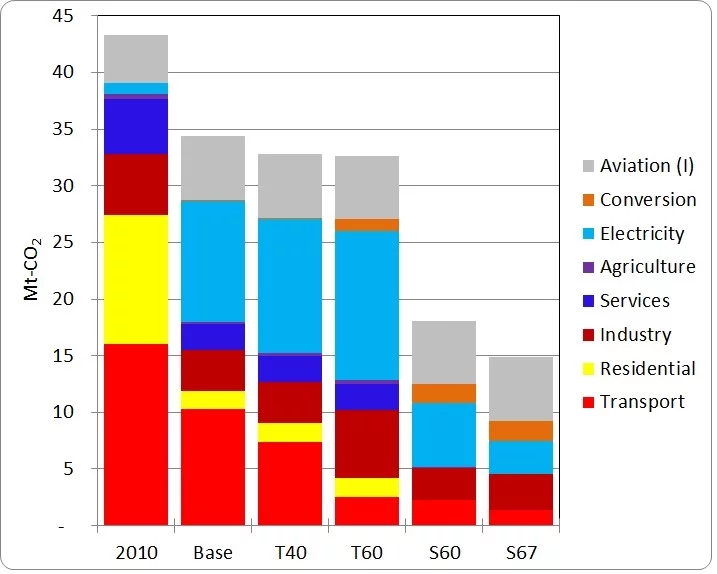SCCER - Efficient Technologies and Systems for Mobility (SCCER-Mobility)
The Swiss Competence Center on Efficient Technologies and Systems for Mobility SCCER-Mobility seeks to develop the knowledge and technologies essential for the transition of the current transportation system to a sustainable one, featuring minimal CO2-output and primary energy demand as well as virtually zero pollutant emissions.
The goal of «Energy Economic Modelling» in the Capacity Area B2.3 is to carry out integrated analysis of the Swiss transportation system and other energy sectors. This is achieved by whole energy system approach with 1) high level of technology detail to identify future energy pathways; and 2) long time horizon to account for long-term goals and long lifetimes of energy-related infrastructure. We account for intra-annual variations in supply and demand, which is critical for evaluating the deployment of intermittent renewables, electrification of transportation and heating, and an emerging need for storage. We undertake what-if type scenarios analysis to understand long term transition of the Swiss mobility to meet the goals of the 2050 Swiss Energy Strategy.
In the first phase of SCCER Mobiltiy (2014-2016), the focus was on modelling of Swiss car fleet. In the second phase, we are working on non-car fleets like, bus, two wheelers, rail, etc. Improving the technology representation in freight transportation is also being explored.
Transport module of the Swiss TIMES Energy Systems Model (STEM)
The transport sector covers ten modes (e.g. cars, buses, rails, and trucks) and range of existing / future vehicle technologies with a diverse drivetrains /fuels. It includes pure battery electric vehicles (BEVs) and plug-in hybrid electric vehicles (PHEVs), charging of which is possible when the cars are not on road.
Car fleet outlook in 2050
Base scenario includes nuclear phase out and self-sufficiency (i.e. no net import) in electricity supply. T40 and T60 are scenarios to meet the transport sector CO2 emissions by 40% and 60% by 2050. S60 and S67 are low carbon energy scenarios with a system wide CO2 emission reduction of 60% and 67%, respectively, by 2050.
Electricity supply in 2050
CO2 emissions in 2050
Relevant publications
SCCER Mobility Synthesis Book (2020), Swiss Competence Center for Energy Research - Efficient Technologies and Systems for Mobility (2020), Download
Boulouchos K, Cellina F, Ciari F, Cox B, Georges G, Hirschberg S, Hoppe M, Jonietz D, Kannan R, Kovacs N, Küng L, Michl T, Raubal M, Rudel R & Schenler W. (2017). Towards an Energy Efficient and Climate Compatible Future Swiss Transportation System, Vol. SCCER Mobility. ETHZ, PSI, SUPSI & ZHAW, Download
Kannan, R., Hirschberg S. (2016). Interplay between electricity and transport sectors – Integrating the Swiss car fleet and electricity system, Transportation Research Part A: Policy and Practice, Vol. 94, pp. 514-531, DOI:10.1016/j.tra.2016.10.007
Kannan, R., Hirschberg S. (2016). Interplay between electricity and transport sectors – Integrating the Swiss car fleet and electricity system, Transportation Research Part A: Policy and Practice, Vol. 94, pp. 514-531, DOI:10.1016/j.tra.2016.10.007
Presentations
Kannan R., Hirschberg S. (2016). Long term Swiss Mobility Energy Scenarios – An integrated energy systems approach, SCCER-Mobility Annual Conference 2016, Zürich, Switzerland, Poster
Kannan, R., Turton, H. (2014). Interplay between electricity and transport sectors -Integrating the Swiss car fleet and electricity system, IAEE European Energy Conference, Rome, Italy, Presentation
Long term Swiss Mobility Energy Scenarios – An integrated energy systems approach SCCER-Mobility 2016 Annual Conference Poster
Technology database
Characteristics of car technologies in STEM model
Characteristics of bus and two wheeler in STEM model
Project details
Duration: 2017-2020 (Phase I:2014-2016)
Financing: Innosuisse - Swiss Innovation Agency




